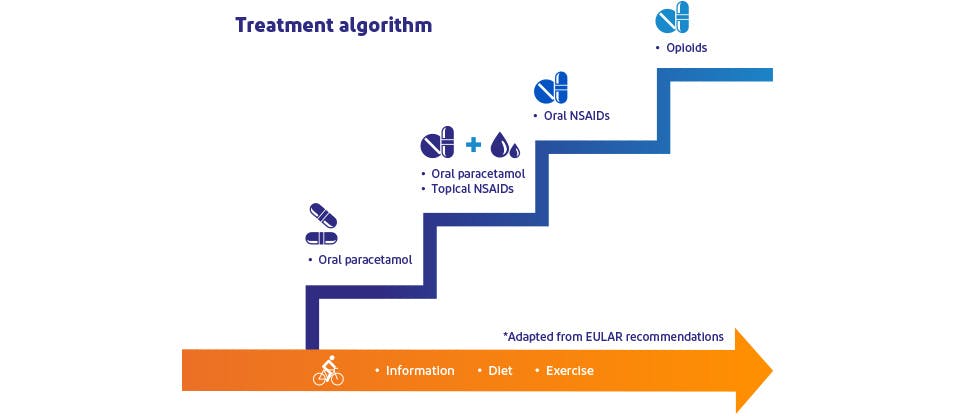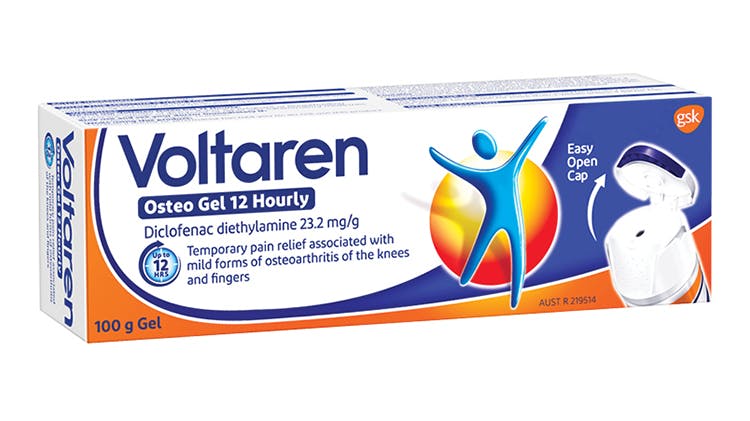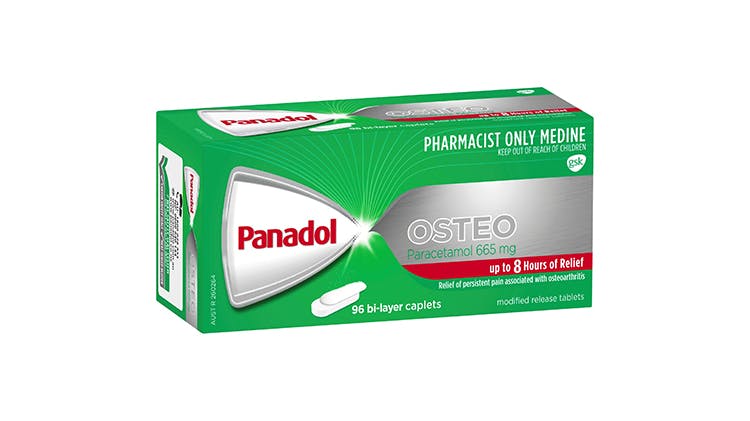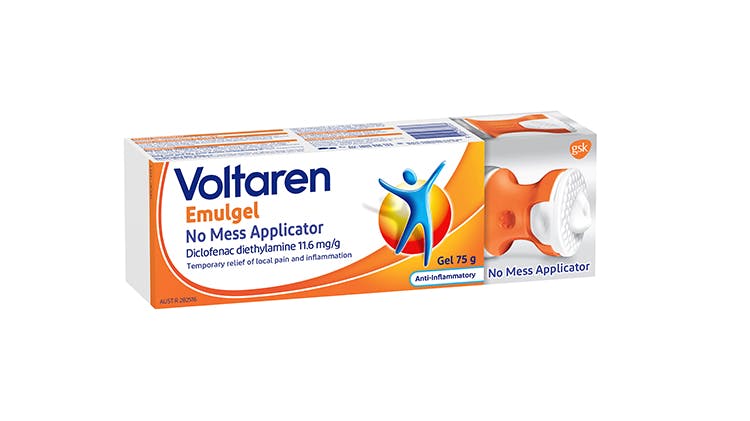Joint pain and osteoarthritis: Management

Joint pain can impinge on all areas of a person’s life, particularly in older individuals.
Together with education, a range of pharmacological and non-pharmacological techniques is available to help manage pain and flare-ups1,2 and help keep patients moving.
Guideline recommendations for managing osteoarthritis pain

Guidelines recommend a stepped approach to management2-5
Management of osteoarthritis may require a combination of non-pharmacological and pharmacological modalities.2,5
Guidelines* recommend a stepwise strategy for the pharmacological management of osteoarthritis.2-5
*From the National Institute for Health and Care Excellence (NICE), European League Against Rheumatism (EULAR) and American College of Rheumatology (ACR).

Guidelines support the use of topical NSAIDs6
For knee osteoarthritis in patients with no comorbidities, the Osteoarthritis Research Society International(OARSI) Guidelines ‘strongly recommend’ topical NSAIDs.6
NICE Guidelines recommendation is to consider topical NSAIDs for pain relief in addition to core treatments for people with knee or hand osteoarthritis and to consider topical NSAIDs and/or paracetamol ahead of oral NSAIDs, COX-2 inhibitors or opioids.4
More than one pain treatment might be needed

Additional support might be needed for flare-up pain
Chronic joint pain is often accompanied by acute inflammatory flare-up pain.7
During this flare-up pain, patients may require additional short-term pain relief.7
How can Nora and Wendy be helped?

Nora
Nora wakes with joint pain and stiffness each morning.
She wants sustained relief from her pain so she can return to the activities she enjoys, like walking and spending time with her grandchildren. However, she is concerned about treatment side effects.
Nora needs to regain her mobility by easing joint pain.
Panadol Osteo delivers effective pain relief of persistent osteoarthritis pain for up to 8 hours.20 Paracetamol is one of the most used analgesic and antipyretic over-the-counter medicines.21

Wendy
Wendy is a 50-year-old who has experienced intermittent osteoarthritis knee pain for 5 years. The flare-up pain disrupts her sleep and limits her previously active lifestyle and social life, making her feel anxious and depressed.
She wants effective relief from her pain so she can return to the activities she used to enjoy, like going to yoga classes with her friends and taking long walks with her dog.
Her doctor recommended weight loss and exercise as a remedy, but she feels her pain prevents her from exercising.
Wendy is frustrated and is looking for a solution that does not involve yet another pill.
Voltaren Osteo Gel 12 Hourly provides relief from mild osteoarthritis flare-up pain, for up to 12 hours.22 With an easy-open cap it offers convenient, twice-daily topical treatment.
Topical diclofenac has low systemic absorption, for a lower risk of systemic side effects than oral NSAIDs.23-25


